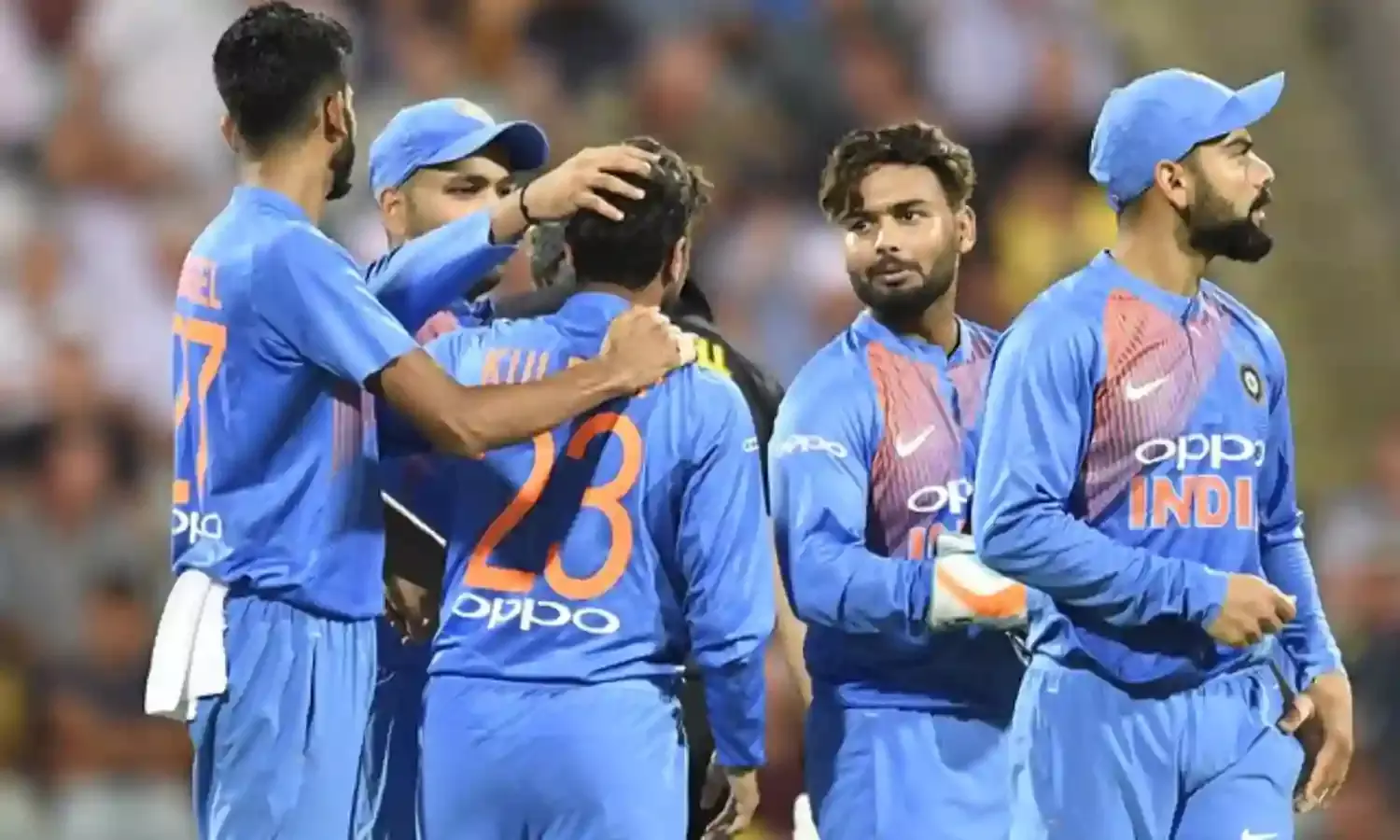Takeaways for India from the T20I series
On paper, India were clearly the better spinning team at the onset of the series;

When India opted to bat first at the Chinnaswamy stadium in the final T20I of the series against South Africa, they were venturing into the unknown. No international captain had ever opted to do so in a T20 at the ground before. Virat Kohli knew this too.
“Exactly what we wanted to do, and that’s going to be the template we’ll follow for games we have before the World Cup. The mindset has to be flexible and to try out things when situations are stacked against us. We will have games like this where we don’t execute what we want. But as long as the intent is there to improve, we’ll be in a good zone,” Kohli said after the nine-wicket loss.
The bigger picture right now is the T20 World Cup next year, and India are prepared to experiment in order to best prepare themselves for the event. In the light of this new turn India are trying, to get over the last-hurdle hiccups they’ve developed in ICC tournaments, here are some takeaways for the team after the series against the Proteas.
India miss Kulcha
On paper, India were clearly the better spinning team at the onset of the series. Even with Kuldeep Yadav and Yuzvendra Chahal missing, surely there was enough depth in their pockets of spin to beat a perennially poor country in terms of handling spinners.
However, at the end of the series, Krunal Pandya, Ravindra Jadeja and Washington Sundar accounted for only one wicket in the entire series, having bowled 17.5 overs at 7.54 per over and an appalling strike rate of 107.
The South African spinners - missing a huge name in Imran Tahir - clocked way better numbers. Bjoin Fortuin and Tabraiz Shamsi took five wickets, conceding runs at a miserly rate of 6.64 and a strike rate of 16.8.
India clearly miss the oomph that KulCha often provide. The two are India’s highest wicket takers in T20Is - Chahal with 46 and Kuldeep with 35 - since the 2016 World T20 and should be no-brainer inclusions in the T20 side.
Dhawan to stay
The Shikhar Dhawan vs KL Rahul debate has seen an awful lot of play. Even if Rahul’s numbers demand his inclusion in the T20 side, India have preferred Dhawan in recent times in the shortest format, almost as though they were hesitant to break the bond between Dhawan and Rohit Sharma.
The southpaw had a stupendous 2018 but his numbers have come down drastically yet again this year. Rahul, meanwhile, remains one of the top T20 batters in the world. But this series, Dhawan put the debate to rest for the time being at least, with knocks of 40 off 31 and 36 off 25. He was India’s aggressor-in-chief in the two T20s and will likely remain at the top even if it means benching Rahul.
Rishabh Pant remains a question mark
We have dissected and analysed this from all corners but Rishabh Pant continues to live on the edge at the crease. The dynamic batsman has been afforded way too many chances with the ‘talent’ excuse but the results have been slim, at least in the shorter formats of the game.
With MS Dhoni’s future remaining uncertain, Pant is the team’s go-to player based on his T20 numbers in the IPL. But India shouldn’t hesitate to paddle deeper into the waters to test their backup options. Sanju Samson and Ishan Kishan remain potent back-ups in this format and Pant’s time might just be running out.
Deepak Chahar a viable option
India rested all three of their frontline pacers – Jasprit Bumrah, Bhuvneshwar Kumar and Mohammed Shami – to test their backup seamers and one man, Dhoni’s right hand at the Chennai Super Kings, shone through.
Deepak Chahar was exemplary with the new ball and even spoke about handling the death overs with more confidence. He was pivotal in India’s win in the second T20, and is suddenly one of the team’s most promising options with the new ball.
With India seeking more overs from Bumrah in the death and middle, Chahar could well partner with Bhuvneshwar at the top to give the captain more options.
Hardik and Krunal as floaters
Their batting firepower remained obscured as India continued to go by batting order in the T20s. With Pant failing and Shreyas Iyer more of an accumulator, India clearly missed a power hitter in the middle overs.
The answer they seek might actually be available within the squad rather than outside. The Pandya brothers – Hardik and Krunal – have been bossing this role for the Mumbai Indians in the IPL over the years, and it might be time for India to see them as they are: true all rounders and game-changers with the bat.
If they are unhesitant to test Hardik and Krunal in floating roles in the batting order to give them more leeway, now is the right time to back them.

